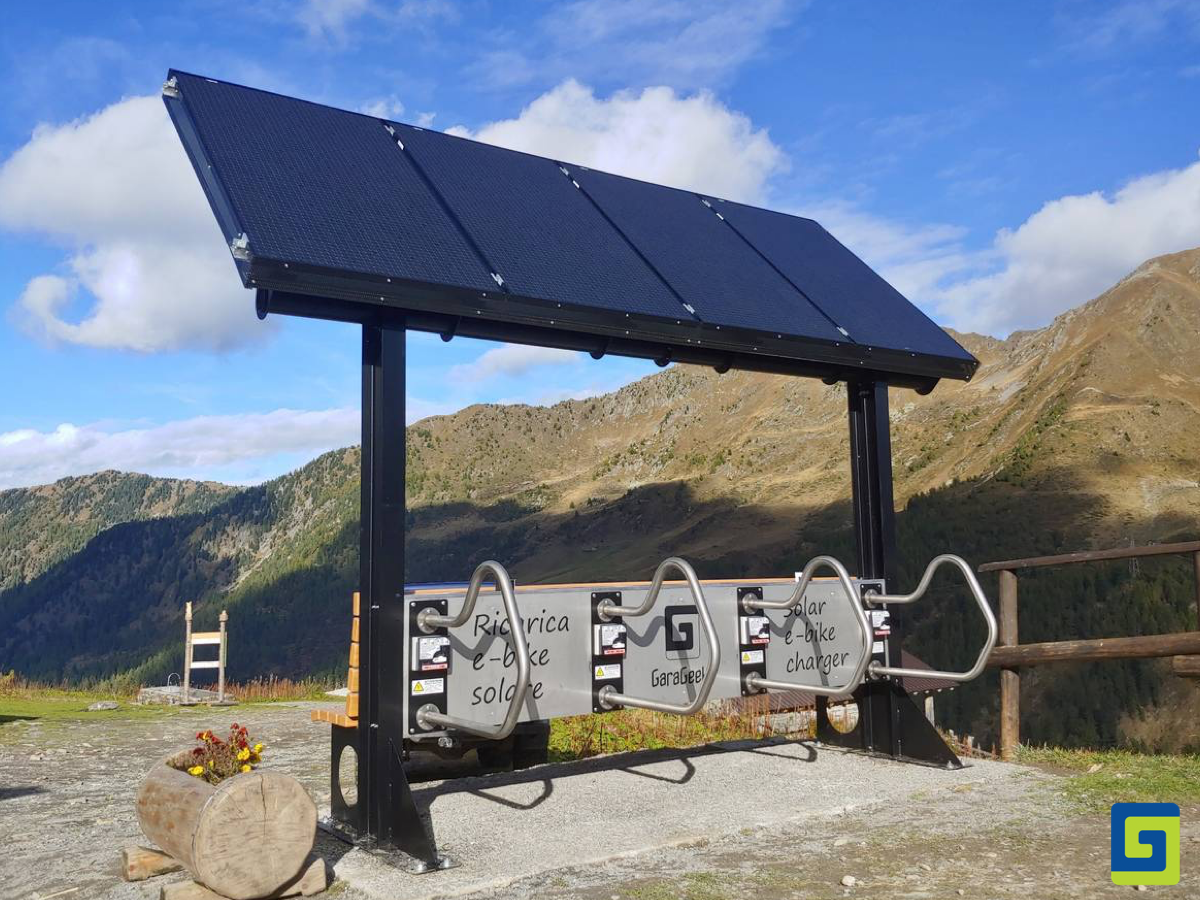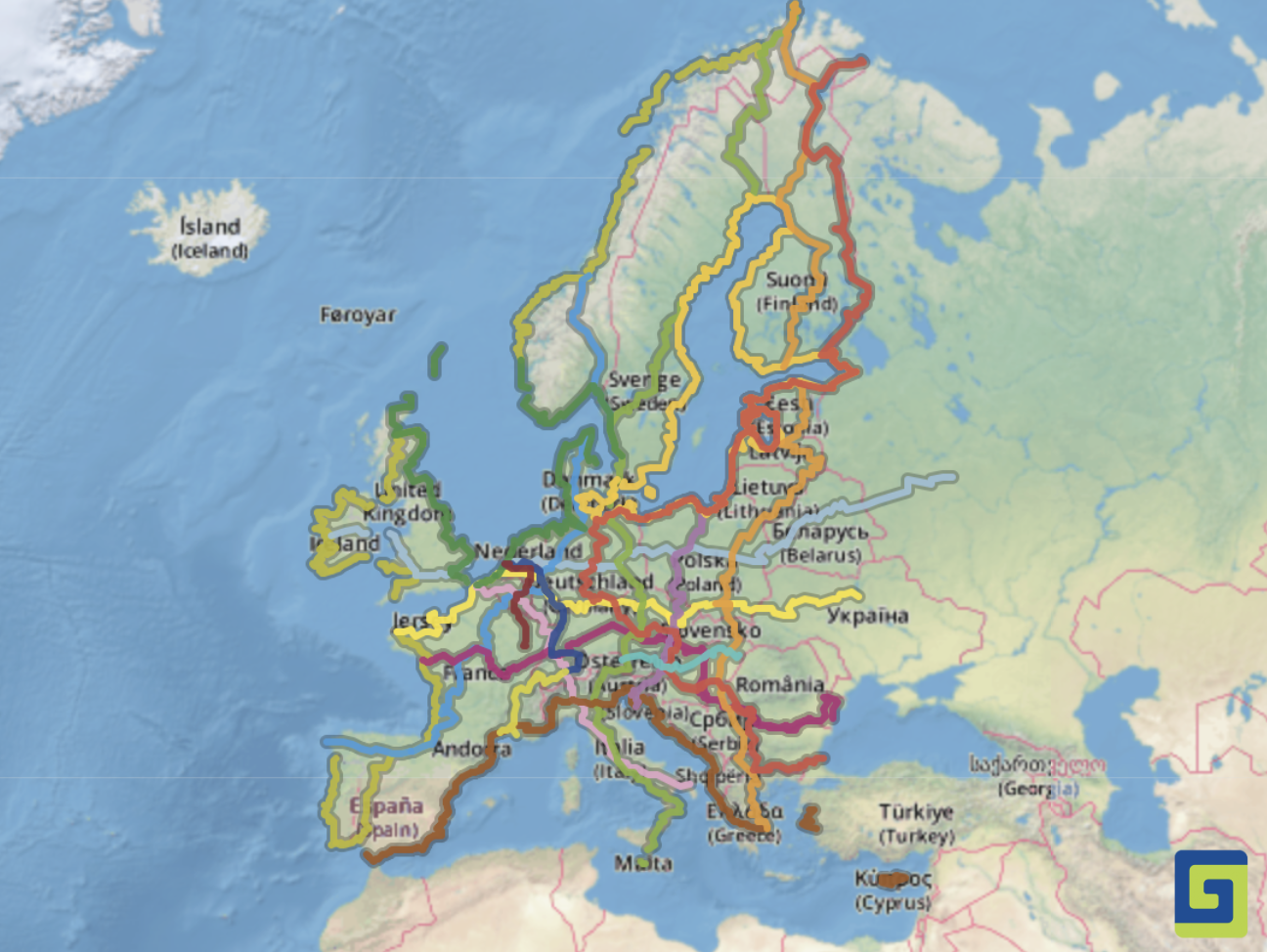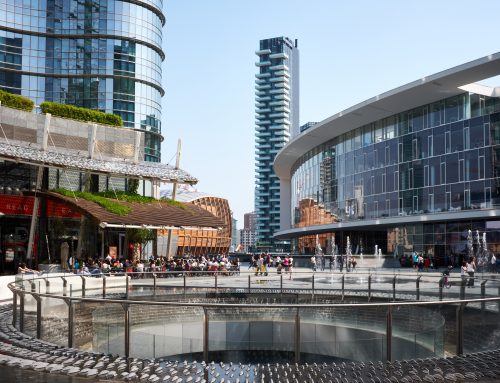Twenty-five years after its inception, the goal is to expand the network, creating a cycling ring spanning over 93,000 kilometers.
Europe, with its wealth of history, culture, and enchanting landscapes, has been a continent ripe for eco-sustainable exploration through Eurovelo, the world’s most extensive cycle tourism network, for a quarter of a century. However, the future of Eurovelo holds even more promise, with its perspective of covering the entire continent with over 93,000 kilometers of cycling routes, offering significant benefits.
A Journey through Eurovelo’s History
In 1993, the European Cyclists’ Federation (ECF) embarked on the ambitious mission of establishing a transnational cycling network, allowing cyclists of all levels to explore the European continent. Initially, the project comprised only a few routes, but over the years, it evolved into a vast web of cycling paths traversing various countries and regions. Today, Eurovelo encompasses a whopping 16 main routes crisscrossing Europe from north to south, east to west, and every imaginable direction. These routes provide a range of experiences, from serene cycling along the Danube to challenging alpine adventures amidst the imposing Alps.

Despite Eurovelo’s current significance as infrastructure, its future holds the promise of becoming even more extraordinary. The long-term goal is to complete this cycling network, connecting all 43 European countries through an extensive web of cycling routes spanning over 93,000 kilometers. Achieving this ambitious project would bring countless benefits to Europe and the rest of the world. Some reasons why Eurovelo is crucial for the future of sustainable mobility include:
- Air Pollution Reduction: If more people choose bicycles for their daily commutes or vacations, the use of motor vehicles would significantly decrease, leading to a substantial reduction in air pollution and improved air quality in cities and rural areas.
- Health and Well-being: Bicycling is an excellent way to stay fit and maintain physical and mental health. With an extended cycling network, people would have more opportunities to engage in physical activity, enhancing their overall well-being.
- Sustainable Tourism: Expanding Eurovelo to attract cyclists from around the world would create opportunities for sustainable tourism development. Communities along the routes could reap economic benefits while promoting their culture and local products.
- European Connectivity: Eurovelo promotes connectivity among European countries, fostering transnational cooperation and strengthening cultural and economic ties between nations.
- Climate Change Mitigation: Encouraging cycling mobility significantly reduces greenhouse gas emissions, making a valuable contribution to addressing the climate crisis.
However, to successfully complete Eurovelo, significant challenges must be overcome, including coordinated planning among countries, managing the necessary financial resources, and creating safe infrastructure suitable for cyclists of all ages and abilities. Actively involving local communities in route planning and management is essential to ensure that Eurovelo harmoniously integrates into the areas it traverses.
The European Commission recently adopted a proposal for a European Declaration on Cycling Mobility, recognizing the bicycle as a sustainable, economical, and healthy mode of transportation with significant value for the EU economy. The proposal outlines principles to promote bicycle use, including better cycling infrastructure, connections with public transport, secure parking, and cycling highways. Cyclist safety is a priority, with the aim of reducing road accidents. The declaration also seeks to create high-quality jobs and support the European Green Deal and sustainable mobility. Funding will be provided through various funds, and the text will be reviewed by the European Parliament and the Council before final approval.
Products by GaraGeeks
To fully capitalize on the opportunities presented by Eurovelo, electric bicycles (e-bikes) and related charging equipment play a vital role. GaraGeeks offers two functional and 100% solar-powered solutions:
- Stop&Charge Shelter: A charging canopy for bicycles, scooters, and electric wheelchairs that requires no digging or connection to the public power grid. Perfect for cycling paths or off-road routes in hilly or mountainous terrain, it promotes micro-mobility and cycle tourism. In addition to providing charging points, it includes a bench and Wi-Fi access. It is also ideal in urban areas to facilitate the work of two-wheeled couriers, extending the range of e-bikes for longer and more frequent trips.
- Stop&Charge Solar 2.0: A charging station with video surveillance and an emergency call button. It monitors air quality and does not require connections to the public power grid. It can charge smartphones, e-bikes, and other vehicles up to 300W. It offers ample information display and Wi-Fi access, serving as a well-lit reference point for those using cycling paths. Solar 2.0 is made from durable materials such as stainless steel, birch wood, and Corian, and the entire production chain is 100% Italian.
Equipped with Stop&Charge Shelter and Stop&Charge Solar 2.0 by GaraGeeks, companies, municipalities, public administrations, and institutions can provide a valuable service to citizens, promoting sustainable mobility.

Interested in learning more about GaraGeeks and products for environmental sustainability? Contact us.




